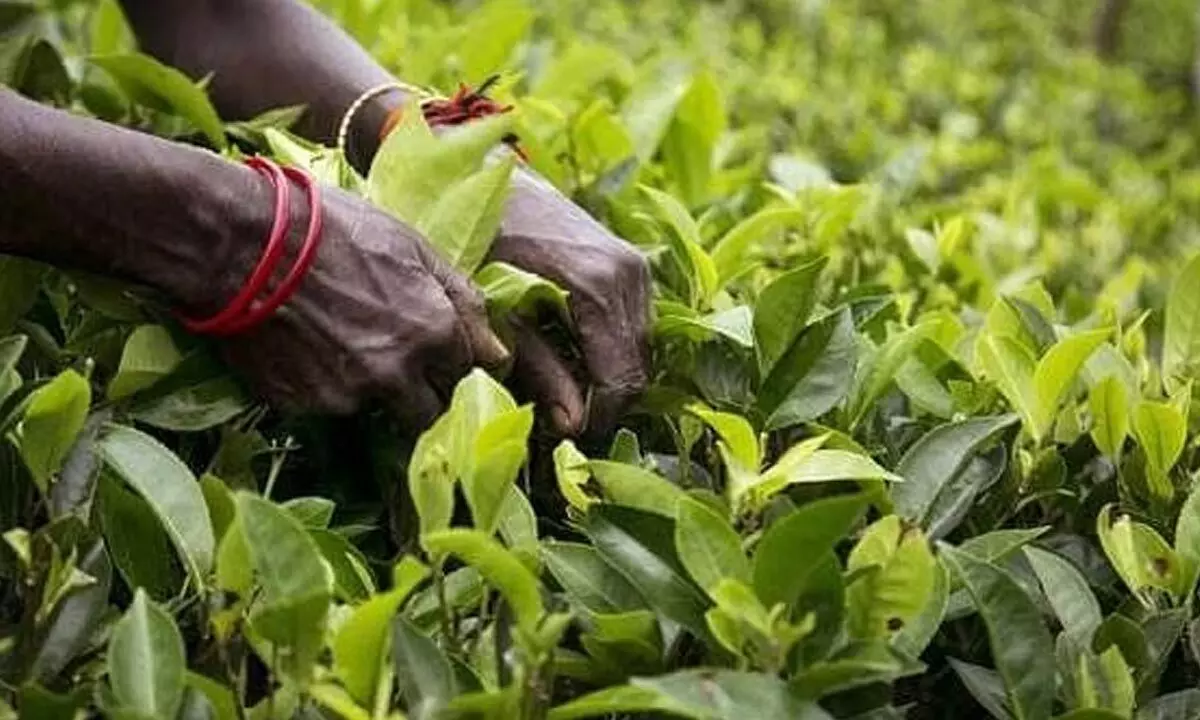Small tea growers desperate for an aggressive govt push
The Confederation of Indian Small Tea Growers Associations (Cista) — the apex body of small tea growers — has now handed over a status paper to the Union commerce ministry, seeking interventions to boost the sector that produces around 51 per cent of India’s tea.
image for illustrative purpose

The Confederation of Indian Small Tea Growers Associations (Cista) — the apex body of small tea growers — has now handed over a status paper to the Union commerce ministry, seeking interventions to boost the sector that produces around 51 per cent of India’s tea. This assumes significance in the wake of the fact that the sector is a major employment generator in remote areas. Around five lakh people are directly involved and another 10 lakh are indirectly dependent on this for their livelihood. Some months back, the Tea Board of India had formed a nine-member core committee to address the issues of small tea growers. Ironically, Union Minister of Industry Piyush Goyal had said that small tea growers will shape the future of tea sector in India. In is status paper, Cista sought a number of central interventions such as crop insurance and irrigation. With any support like Kisan credit cards, they rely on private moneylenders. They are also deprived of minimum support price for tea leaves.
The status report points out that many small tea plantations are located in the remotest parts of the country with limited job opportunities, though it generates extraordinarily high employments. There are around 2.4 lakh growers who own around 2 lakh hectares of plantation. In all, India has 722 bought-leaf factories (BLFs that buy tea leaves from growers and process them). The small growers’ sector saw unprecedented growth since 2011. A key reason for this is the high yield of tea bushes in small tea plantations that are comparatively younger than those in tea estates. Nearly 86 per cent of bushes in tea estates are 10 to 50 years old or even more, with a yield of around 1,549 kilos of tea leaves per hectare. In small tea plantations, bushes are at best 15 to 20 years old and the yield is around 3,500 kilos per hectare. The growers are mostly concentrated in Bengal and Assam. The current trends in the rise in domestic consumption of tea, along with exports, indicate a shortfall of around 330 million kilos of tea in 2030. And to bridge this gap, it is necessary to encourage the small tea sector. More BLFs are also needed, felt experts.
Going by the Tea Board of India statistics, 1,278.07 million kilo tea was produced in India from January to November 2022, to which the small tea sector contributed 660.73 million kilos, around 52 per cent of the total. In Bengal alone, nearly 57 per cent of tea (the state produces around 400 million kilos), comes from this sector. Among Bengal’s three tea belts — Darjeeling, Terai and the Dooars — the small tea plantations’ contribution is highest in Terai. Under existing rules of the tea board, a grower owning a plantation area of less than 10.12 hectares with no processing unit is classified as small grower. It has been a long pending demand of the small growers that a special committee be set up to look into the concerns of the small growers.

